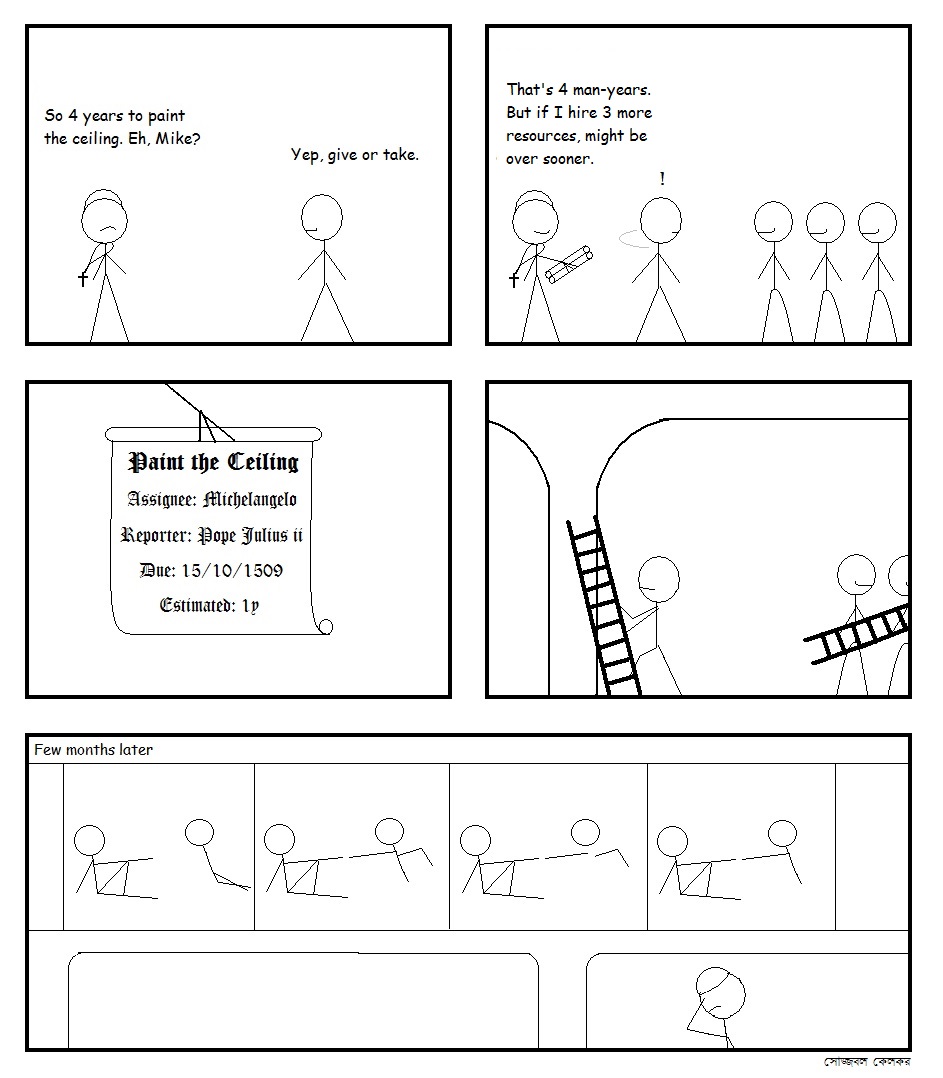In Test Driven Development, the purpose of unit testing is to help us design our classes and not just to validate the correctness of our code. In this article I want to demonstrate how unit testing forces us to write better code, with help of an example. I will use Mockito for mocking.
First, let me define the problem domain I’ll be using in the example. Suppose we have an online booking portal where customers make reservations for travel or accommodation. Whenever a new reservation is created, its details are added to an XML which is kept at some location. Periodically, we need to fetch all the reservations that have been created in our system and send for printing.
[Read More]

